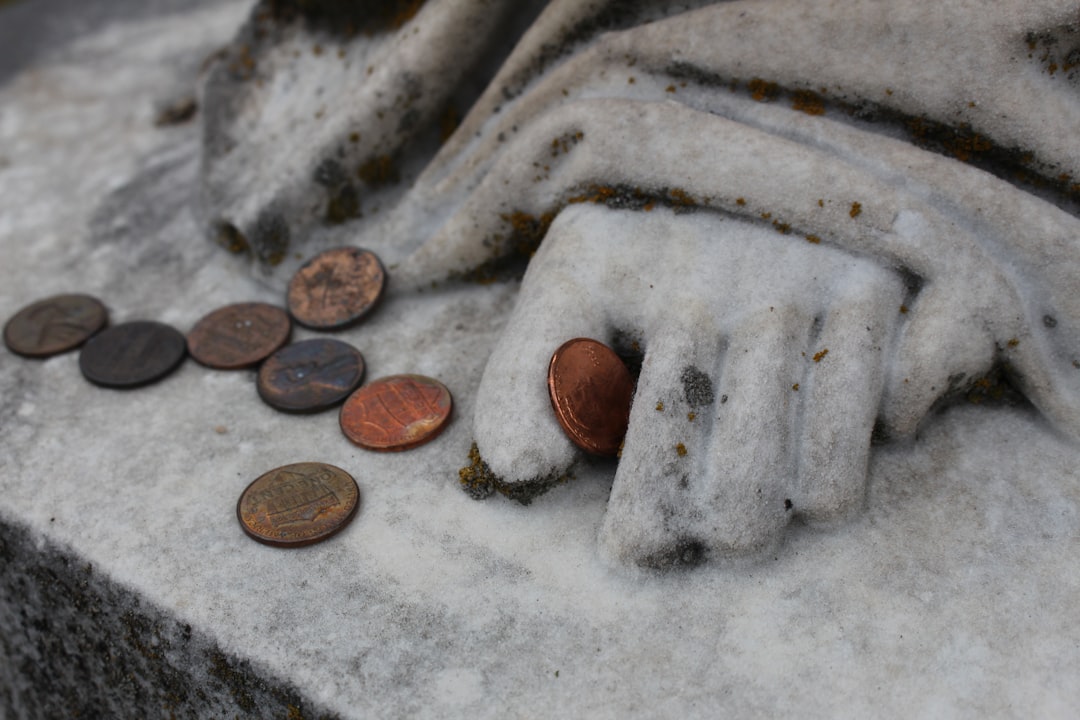What is it about?
In his book 'Earliest Glasgow', renegade archaeologist Ludovic McLellan Mann believed that Glasgow was laid out by prehistoric peoples using a radial clock-face style geometry. This later inspired amateur researcher Harry Bell to map out the 'Glasgow Network of Aligned Sites', which he published in 'Glasgow's Secret Geometry' (1984). Both Mann and Bell also had much to say about Glasgow's patron saint, St. Kentigern (or Mungo). Mann believed that Kentigern was the head of a lunar cult based on the Necropolis; Bell thought that Kentigern's journey to Glasgow followed a ley alignment. This article explores the psycho-geographic connections linking these characters, and tests whether Mann's theories have any basis in reality.
Featured Image

Photo by Adam Marikar on Unsplash
Why is it important?
This is the first time that connections between Mann's radial grid and Bell's Network of Aligned Sites have been demonstrated and suggests that there may be some truth to Mann's ideas about Earliest Glasgow.
Perspectives
A video of the original presentation is available at https://youtu.be/e5eaGiCiSGo
Grahame Gardner
Queen Margaret University Edinburgh
Read the Original
This page is a summary of: Mann, Myth and Mungo: Ludovic Mann, Harry Bell and Glasgow's secret geometry, Scottish Archaeological Journal, October 2020, Edinburgh University Press,
DOI: 10.3366/saj.2020.0142.
You can read the full text:
Resources
Contributors
The following have contributed to this page










